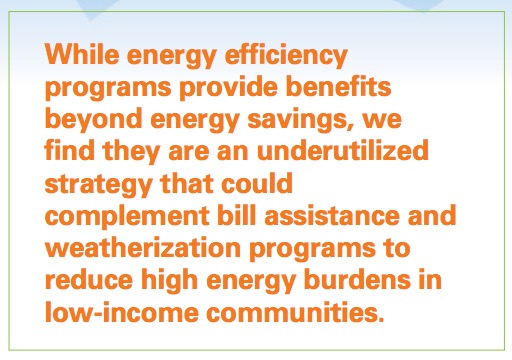
AMERICAN COUNCIL FOR AN ENERGY-EFFICIENT ECONOMY (ACEEE)
This report provides a snapshot of energy burdens in cities across the US. We focus on the high home energy burdens faced by select groups in major metropolitan areas…In the first half of this report, we analyze data from the US Census Bureau’s 2011 and 2013 American Housing Survey to determine energy burden values for 48 of the largest US cities and specific households within each city. In the second half of the report, we discuss strategies for alleviating high energy burdens, with a focus on policies and programs to increase the impact of energy efficiency initiatives in these communities.












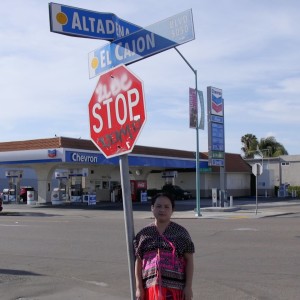
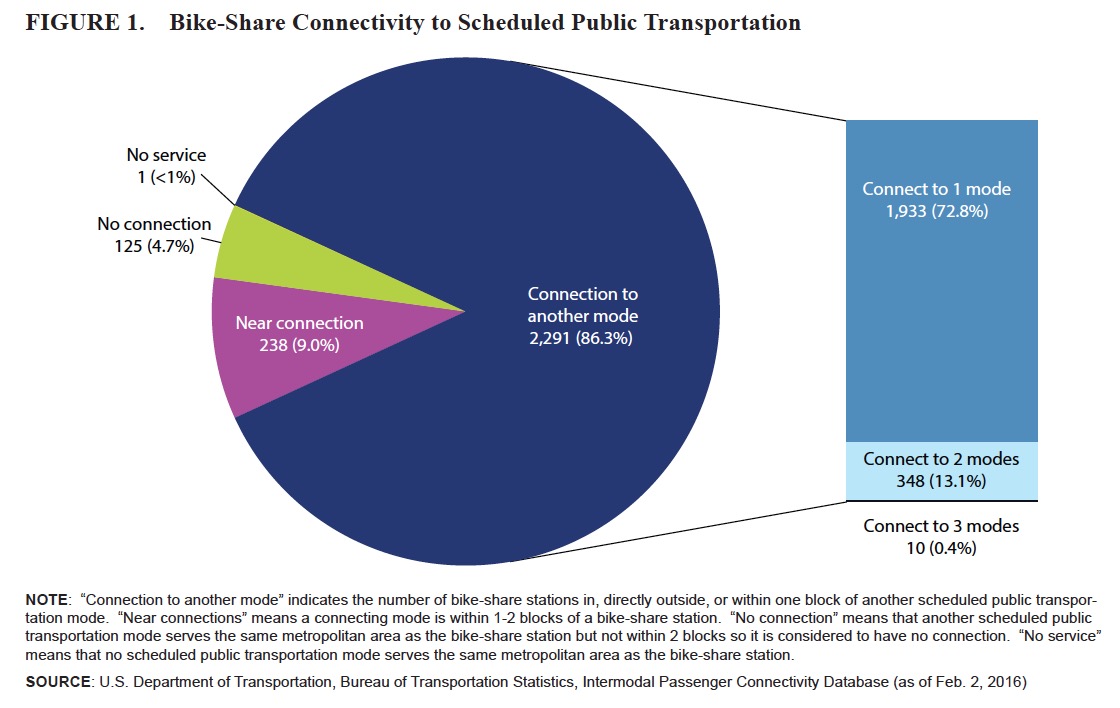
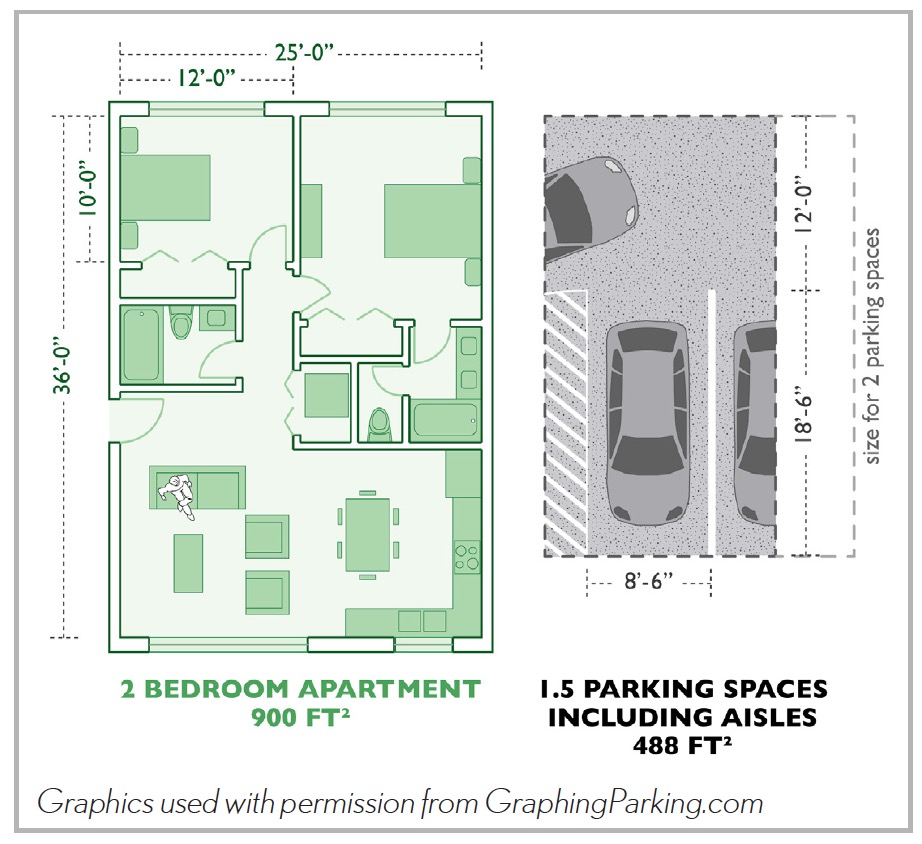


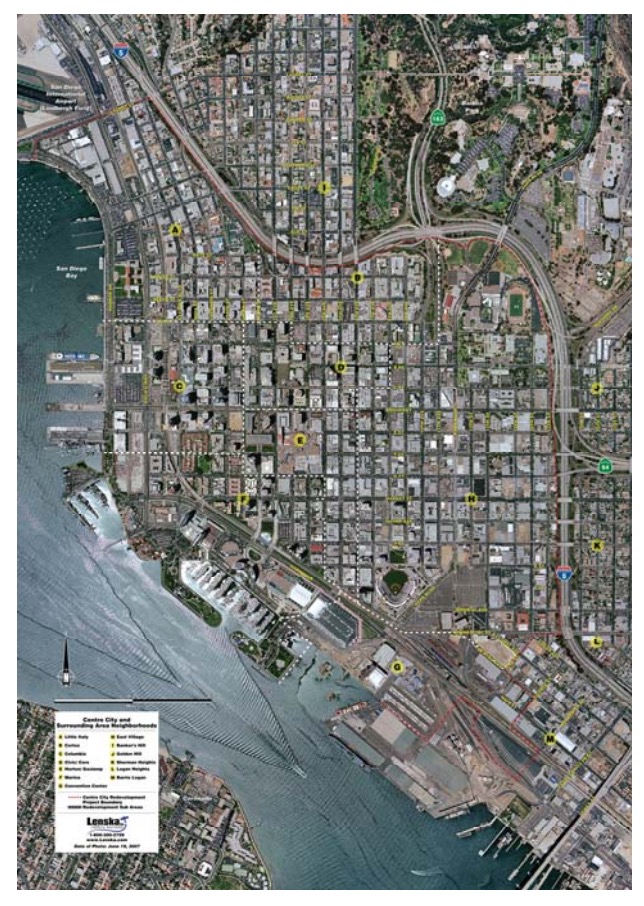
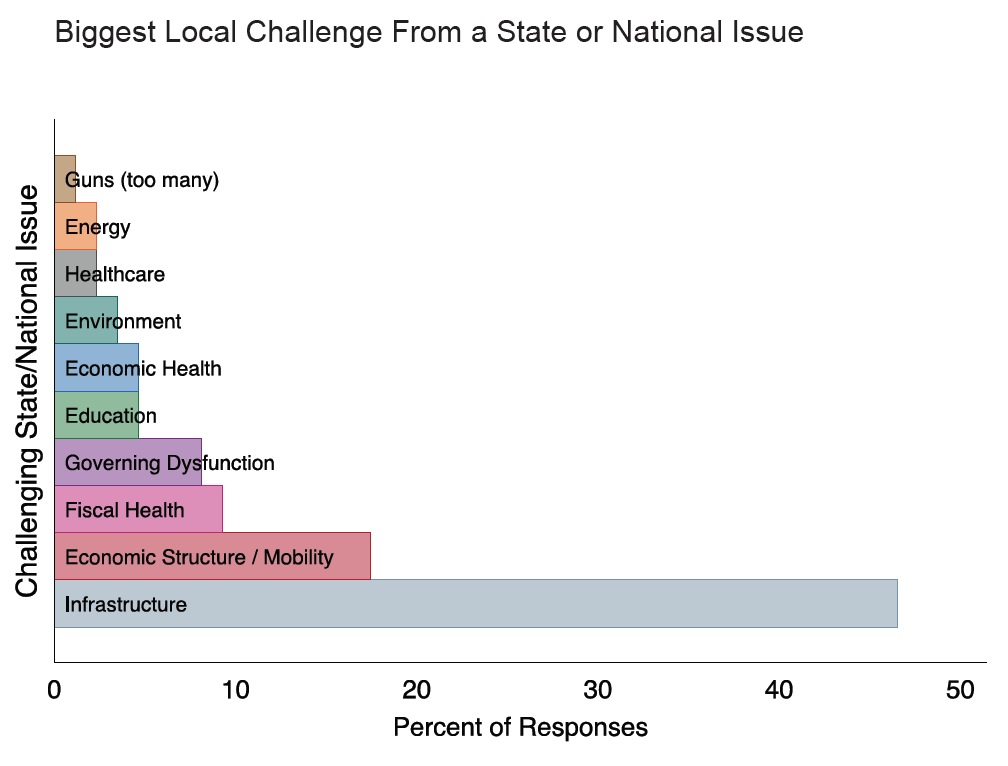
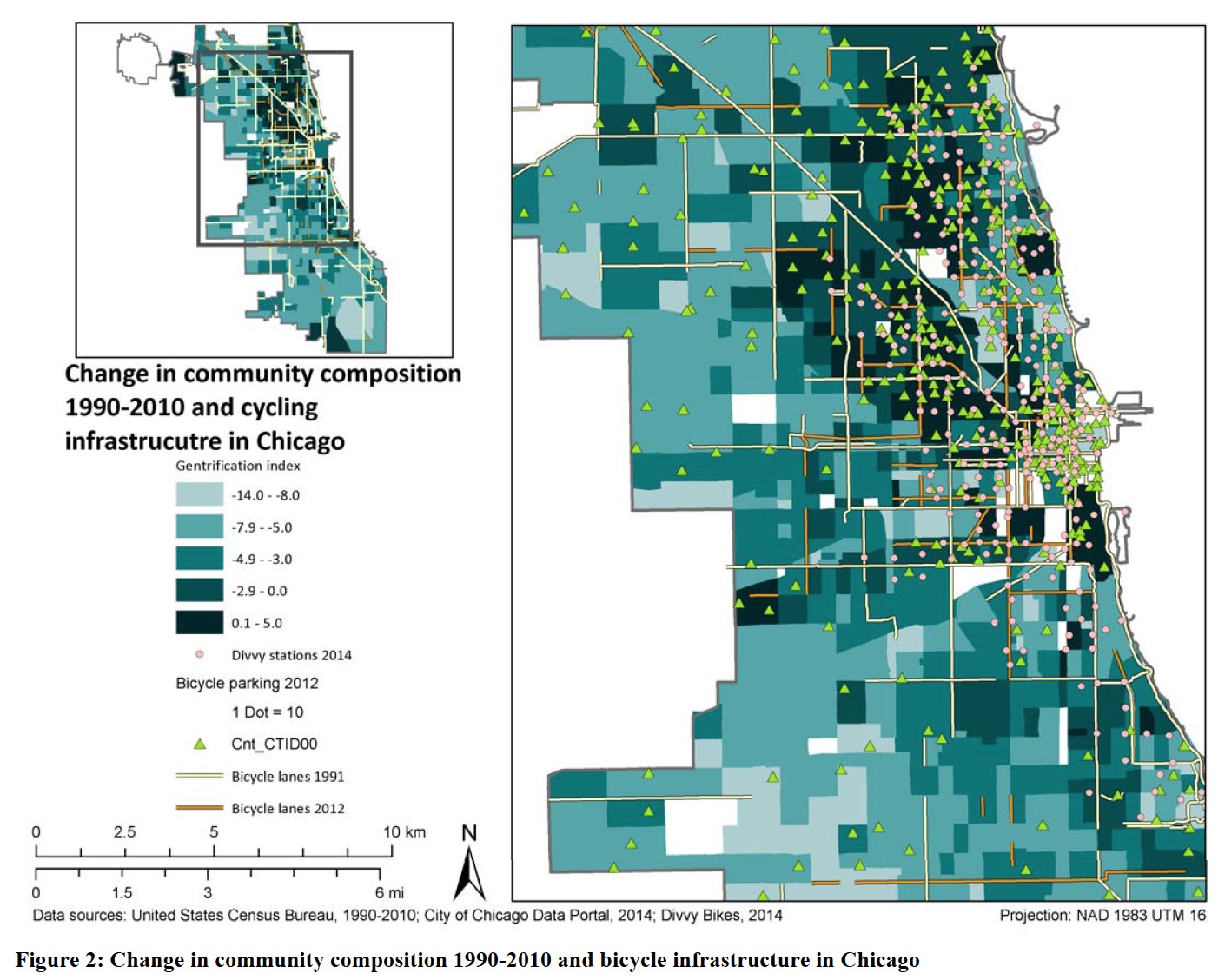
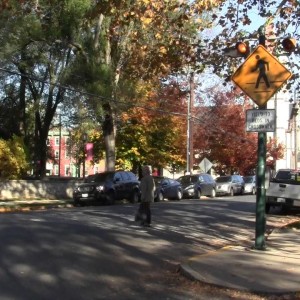

 RSS Feed
RSS Feed